PG&E is expanding and enhancing their programs to reduce wildfire risk by adopting a “Public Safety Power Shutoff” program. Beginning in 2019, electric lines that pass through certain high fire-threat areas in Marin and California may be shut down during extreme fire-weather event to prevent ignition of new fires.
Backup Power & Generators
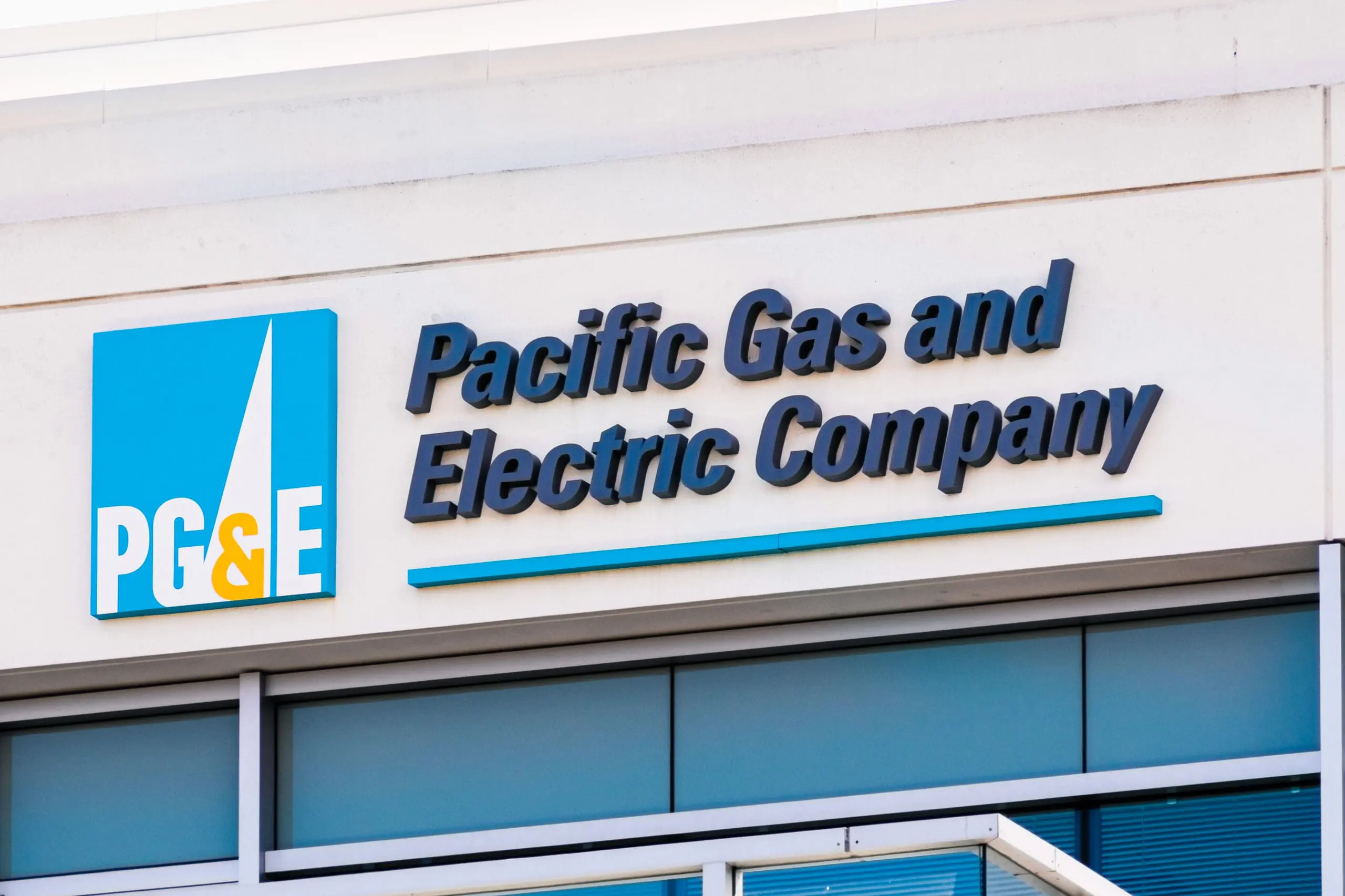

Backup Power
Fire Safe Marin strongly recommends that all Marin residents prepare for power outages before and during wildfires and other emergencies. We recommend these purchases at a minimum:
- Battery-powered AM/FM/weather radio
- Battery powered lanterns
Optional purchases include:
- Battery powered cell phone chargers
- Uninterruptible Power Supplies (UPS) for home telephones and internet/routers
- Large capacity batteries such as Yeti or Tesla brand
- Battery backups for garage door openers
- Permanently (professionally) installed home generators
Battery Powered Radios
All Marin residents should purchase and learn how to use a battery powered AM/FM/NOAA Weather radio. Some models can be charged via built-in solar panels or hand cranks for continued operations during long power outages. Models from Midland and Eton are highly recommended.
NOAA Weather Radio is an automated 24-hour network of VHF FM weather radio stations in the United States that broadcast weather information directly from a nearby National Weather Service office. Marin authorities may send out evacuation messages via weather radios. The National Weather Service sends out Red Flag Warnings and other extreme weather warnings by NOAA Weather Radio. Some models have the ability to sound an alert and flashlights when a warning is transmitted.
Monitor local radio stations like KCBS, KGO, KQED, and KWMR for fire and emergency information, especially when other communication sources are unavailable due to power outages or infrastructure damage.

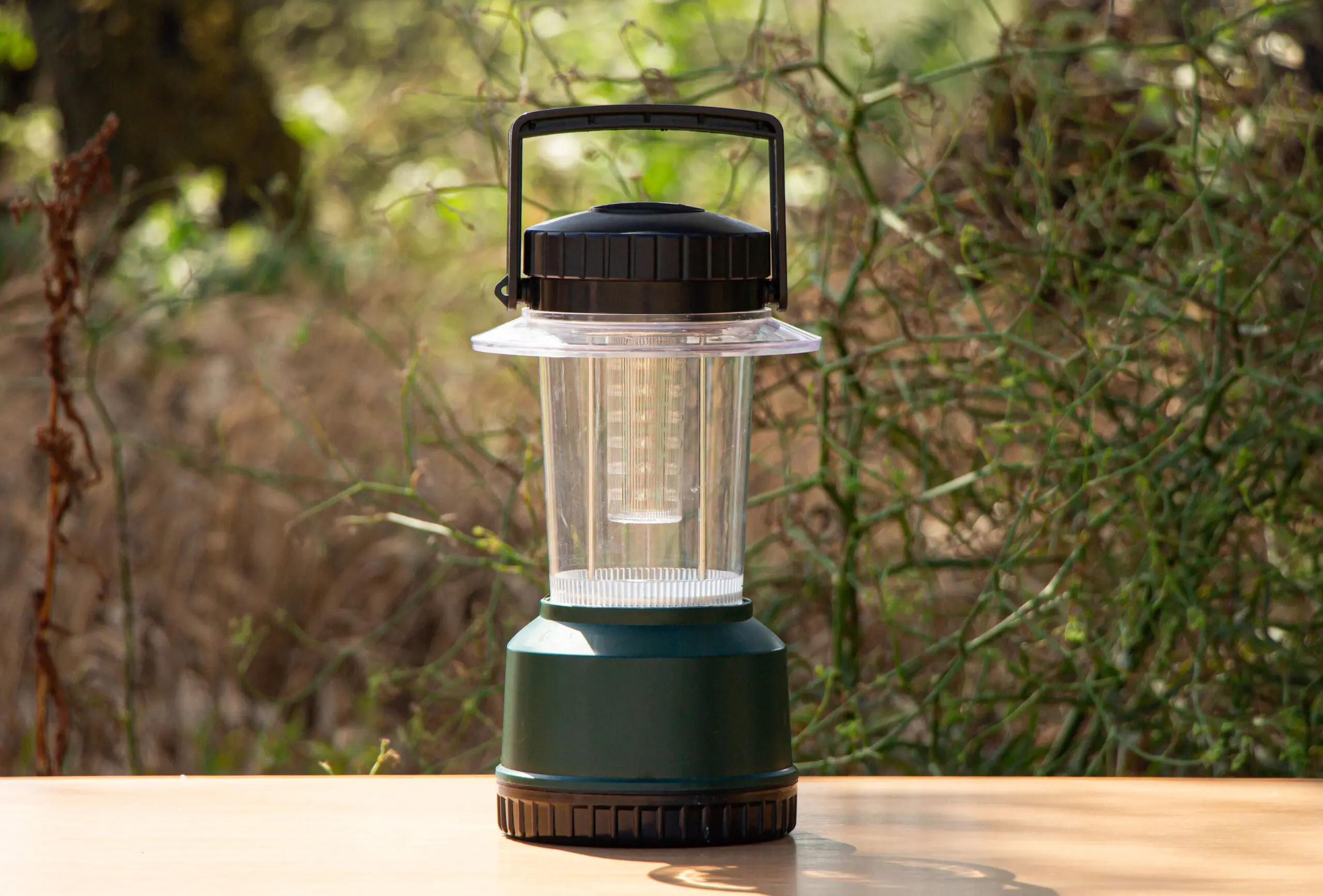
Battery Powered Backup Lighting
When the power goes out, you will likely need to rely on battery powered backup lighting. Flashlights, though important, will not provide enough light to safely get around your home. Battery powered lanterns provide good lighting with long battery life and can be safely placed in several areas throughout the home. There are many relatively inexpensive products to choose from. Another option are battery powered, wall mounted lights, sometimes referred to as “closet lights” that can be mounted near existing light switches.
Whatever option you choose, be sure to have a good supply of small D,C,AA, AAA and 9volt batteries.
“UPS” Uninterruptible Power Supply
For home phones and internet connections, a “UPS” Uninterruptible Power Supply is a good option (link is for Amazon, however, they are available locally, in-stock at Best Buy, Costco, and other electronics stores).
The larger the UPS is, the longer it will last when the power goes out (consider the 1500VA model, about $150). Consider keeping one dedicated to your home phone, and another dedicated to your internet cable modem. A 1500VA model will last about 2 hours when attached to a cable modem and router, and a home phone may last up to 24 hours, depending on usage.
Please consult with the manufacturer for specifics and installation instructions. Test regularly to confirm function.

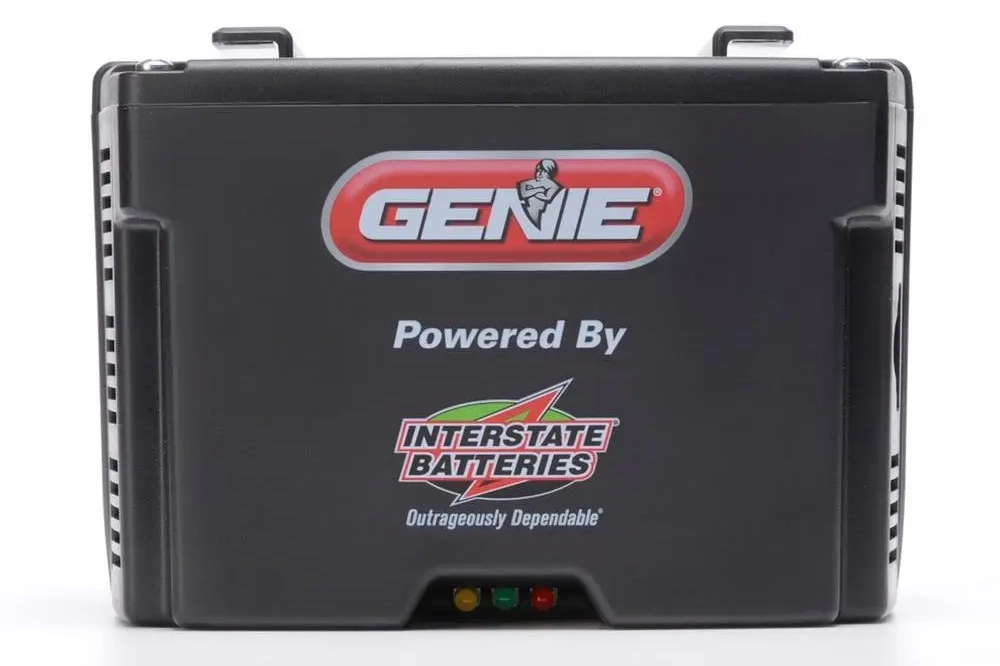
Garage Door Battery Backups
It’s very common for the power to go out before a fire strikes since fire and winds can damage electrical infrastructure. You need to be prepared to communicate and escape, even without power. How will you receive a warning at night if the power is out, and how will you open your garage door to evacuate if there is no power?
For garage doors, a battery backup should be installed. They typically cost less than $100 and can be installed by homeowners.
Check with your garage door opener manufacturer to see if they make a battery specific to your opener model, although universal models are available.
Make sure you can open and close the garage door when evacuating, especially in the dark. Practice opening the door manually if you do not have a backup battery, since the power may be out when a wildfire approaches.
Portable Power Stations
Portable power stations store electrical power in an internal battery for later use. Battery capacity of a portable power station is roughly equal to the value of their power in watt-hours (Wh). A 1000 W generator can provide their maximum output of 1000 watts for up to one hour. While power needs will vary from home to home, typically these large batteries are used to back up lights in high-use rooms, internet modems, fridges, and medical devices.
There are many portable power station brands on the market. Small onesaren’t as powerful as portable generators, and are only suitable for powering a single device, or multiple low-consumption devices (e.g., running a small electric stove and charging a phone). Wattage calculators (link) can help you to calculate the power consumption of common appliances.
However, larger power stations such as the Goal Zero Yeti Battery https://www.goalzero.com/product-features/portable-power-stations/, can power a large number of devices over several days with multiple recharging options. Yeti also offers an option to install a transfer switch which allows you to select up to 4 circuits from your breaker panel. This might include the circuits powering fridge/freezer, garage door, outlets in main living areas, light switches, etc. The transfer switch for backup power must be installed by a licensed electrician.
Runtimes of portable power stations are limited by their battery’s capacity. Once the battery is depleted, they must be recharged by a conventional power source and thus, they cannot operate out of the grid for longer than a single afternoon unless you own a set of solar panels or a wind turbine.

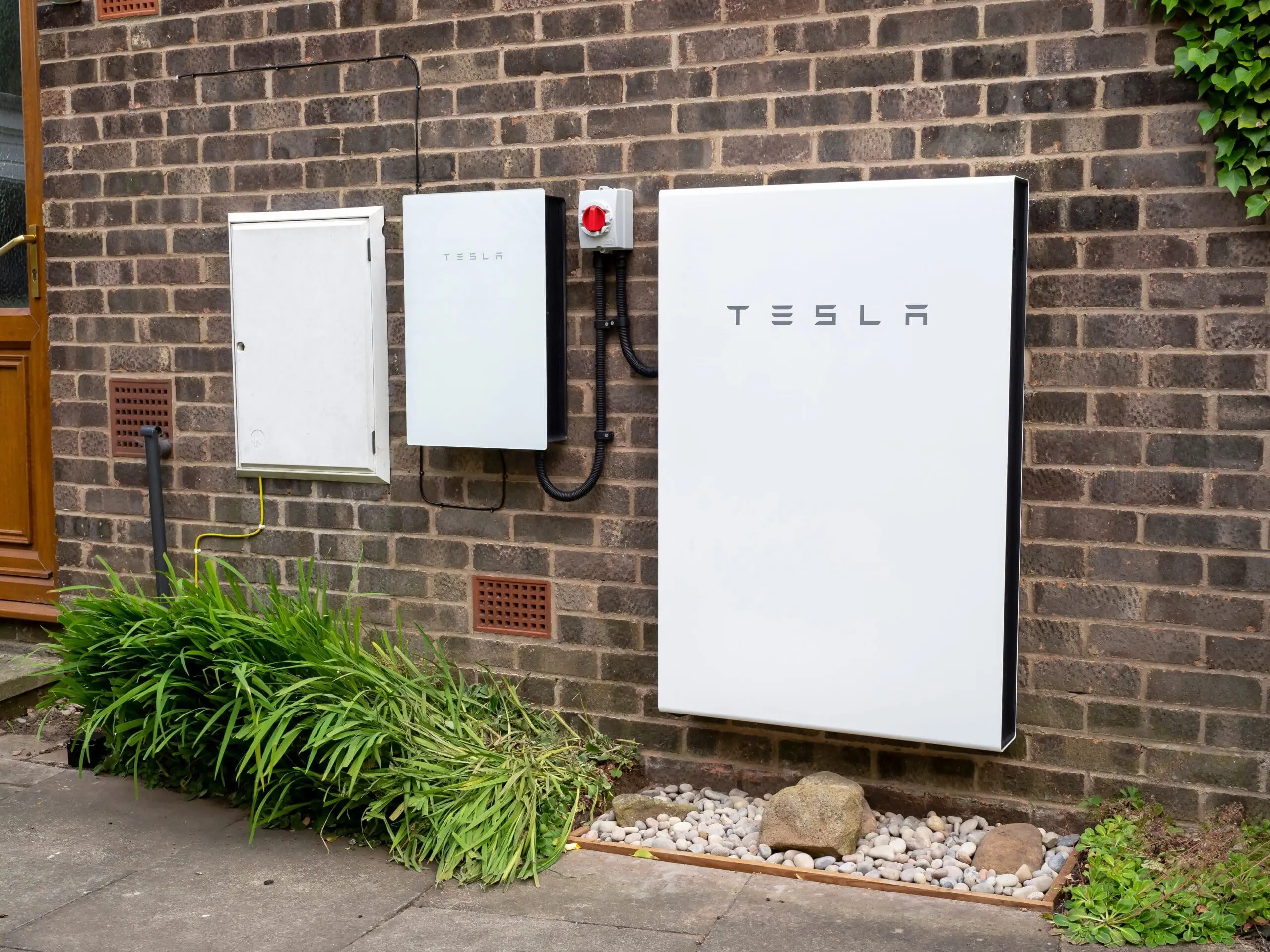
Power Walls
Powerwall https://www.tesla.com/powerwall is an integrated battery system that stores your solar energy for backup protection. So when the grid goes down, your power stays on. Your system detects outages and automatically recharges with sunlight to keep your appliances running for days.
Tesla Powerwall with a solar energy system allows you to maintain a sustained power supply during the day or night, as long as you store enough solar power from your panels when the sun is shining.
As with many other home battery products, the Tesla Powerwall is sized for day-to-day use at your home and is often paired with a solar panel system. When your solar panels produce more electricity than you can use in your home, you can store the excess electricity in the battery system instead of sending it back into the grid. Later, when your panels aren’t producing enough electricity to meet your home’s needs, you can use the electricity stored in your battery instead of having to buy it from your utility company.
Generators
Backup electric generators can be a part of your preparedness plan during wildfires, Public Safety Power Shutdowns, and other power loss events.
Backup electric generators operate as a stand-alone power source and are not connected to PG&E’s power grid. Generators are typically powered by natural gas, gasoline, propane, or diesel fuel. Solar systems typically do not provide power during outages, unless equipped with a battery storage system and special equipment to create a home-grid.
Fire Safe Marin does not recommend the operation of standalone, gas-powered generators during Red Flag Warnings or other fire weather events. A permanently (professionally) installed, propane or natural gas-powered generator is safer and less likely to spark a fire or expose residents to dangerous combustion gasses.
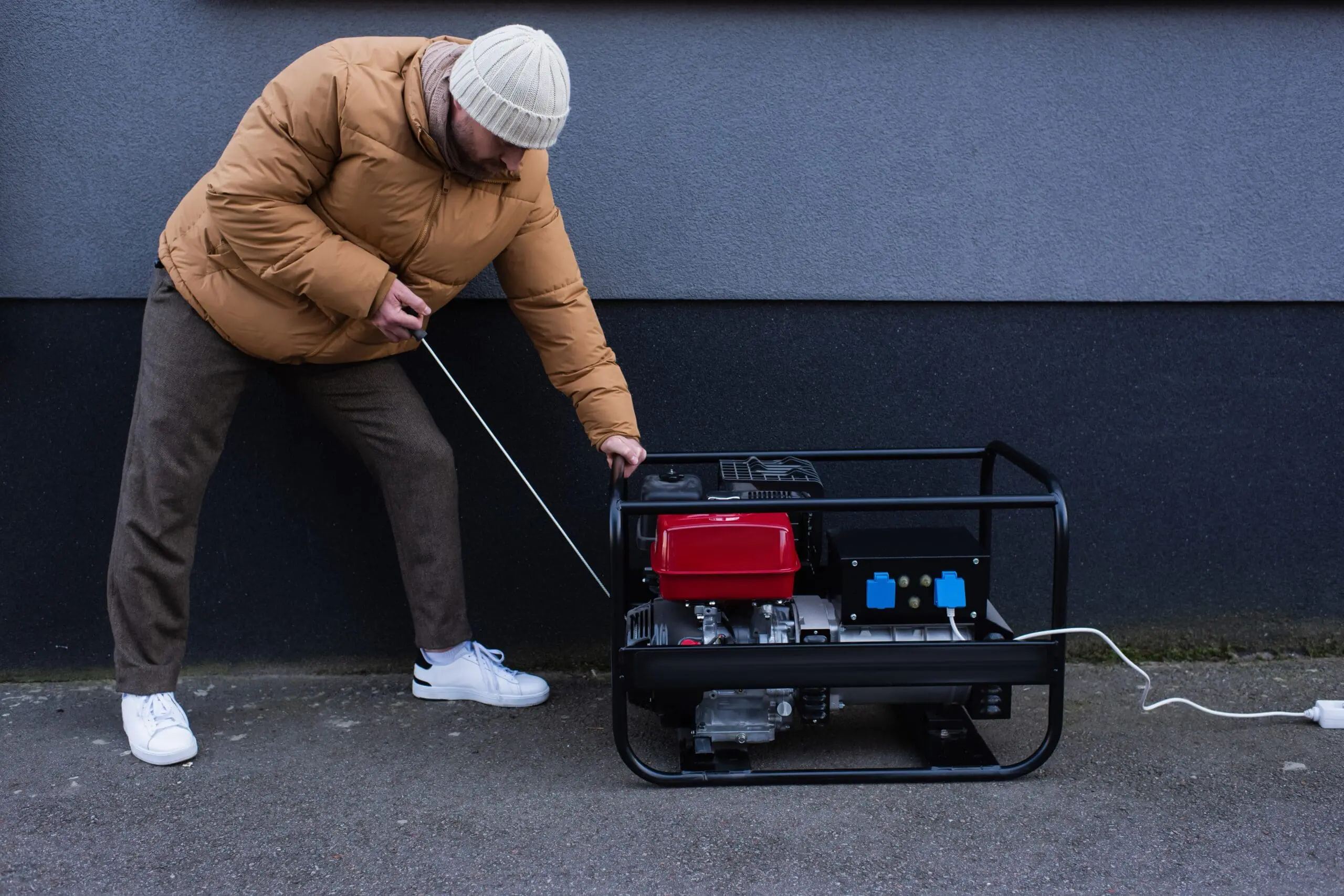

How to Operate a Generator Safely
- Never run a generator in an enclosed space or indoors. Most generator-related injuries and deaths involve CO poisoning from generators used indoors or in partially enclosed spaces. That includes the basement or garage, spaces that can capture deadly levels of carbon monoxide. Always place the generator at least 20 feet from the house with the engine exhaust directed away from windows and doors.
- If you’re using a generator, ensure your home has working, battery-operated carbon monoxide detectors. A carbon monoxide alarm provides a layer of defense against potentially deadly carbon monoxide poisoning.
- Don’t run a portable generator exposed in the rain. You can buy tents for generators that keep them shielded but well-ventilated, available online and at home centers and hardware stores.
- Before refueling, turn off a gas-powered generator and let it cool. Gasoline spilled on hot engine parts can ignite. Allowing the engine to cool also reduces the risks of burns while refueling. recommends permanently (professionally) installed propane or natural gas-powered generators to improve safety.
- Extra diesel or gasoline must be stored properly. When you think you’ll need to use the generator for an extended time, you’ll want extra fuel on hand. Be sure to store fuel only in an ANSI-approved container in a cool, well-ventilated place.
- Don’t store gasoline near any potential sources of heat or fire, or inside the house.
- Adding stabilizer to the fuel in the can will help it last longer.
- Avoid electrical hazards. If you don’t yet have a transfer switch, you can use the outlets on the generator—providing you follow certain precautions. It’s best to plug in appliances directly to the generator. If you must use an extension cord, it should be a heavy-duty one for outdoor use, rated (in watts or amps) at least equal to the sum of the connected appliance loads. First check that the entire cord is free of cuts and that the plug has all three prongs, critical to protect against a shock if water has collected inside the equipment.
- Install a transfer switch before the next storm. This critical connection will cost from $500 to $900 with labor for a 5,000-rated-watt or larger generator. A transfer switch connects the generator to your circuit panel and lets you power hardwired appliances while avoiding the glaring safety risk of using extension cords. Most transfer switches also help you avoid overload by displaying wattage usage levels.
- Don’t attempt to backfeed your house. Backfeeding means trying to power your home’s wiring by plugging the generator into a wall outlet. This reckless and dangerous practice presents an electrocution risk to utility workers and neighbors served by the same utility transformer. It also bypasses some of the built-in household circuit protection devices, so you could end up frying some of your electronics or starting an electrical fire.







